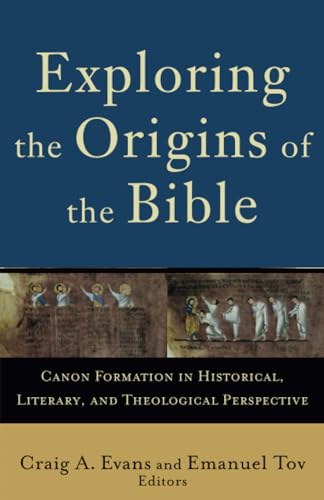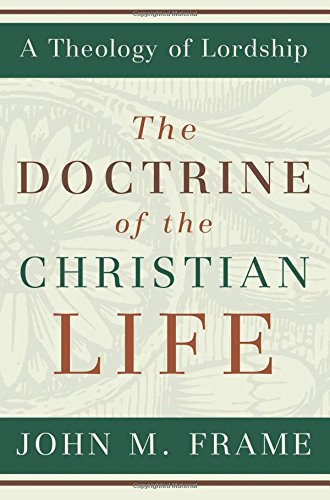The Templeless Age: An Introduction to the History, Literature, and Theology of the “Exile.”
Written by Jill Middlemas Reviewed By Ben J. M. JohnsonJill Middlemas, Associate Professor in the Faculty of Theology at Aarhus University, has provided a concise and readable introduction to the literature and thought of the period usually regarded as “the exile.” She examines the texts regarded by the standard historical critical school as being “exilic” in origin: Lamentations, several Psalms, the Deuteronomistic History, Jeremiah, Ezekiel, Deutero-Isaiah, Haggai, Zechariah 1–8, and the Holiness Code. But this is only one part of her purpose. Her other major goal, as the title implies, is to reconsider the period known as “the exile” as “the templeless age.”
In her introduction Middlemas makes her case for the reclassification of the period from 587 to 539 BCE by identifying five reasons why her terminology more aptly describes this period than the designation of “exile”: (1) there were three separate deportations in 598, 587, and 582 BCE; (2) “some people chose to flee from Judah” rather than be exiled; (3) the designation “exile” speaks only from the perspective of those who were forced to leave, not those who remained; (4) there clearly were, even in the biblical record, people who were left behind; and (5) “the exile in certain respects never ceased” (pp. 3–5).
After a helpful review of the history of this period, taking seriously both the literary and archaeological record (chap. 1), Middlemas examines the texts by organizing them into a three-part thematic structure: the aftermath of disaster, between judgment and hope, and the turn to hope. In the first part, the “Aftermath of Disaster” (chaps. 2–3), Middlemas examines Lamentations, several Psalms, Isa 63:7–64:11 and the Deuteronomistic History (much of Deuteronomy–2 Kings). According to Middlemas this literature was intended to help the people take stock of the disaster of 587 BCE by offering a venue for lament, an interpretation of what has happened and by looking forward to the future with hope. The next major section is termed “Between Judgment and Hope” (chap. 4). Here Middlemas examines the prophecies of Jeremiah and Ezek 1–39. Though Jeremiah and Ezekiel are in some sense different, both “speak of judgment and salvation” (p. 89), placing themselves between judgment and hope. The final section is “The Turn to Hope” (chaps. 5–6). In this section the author deals with Deutero-Isaiah (Isa 40–55), Ezek 40–48, Haggai, Zech 1–8 (or Proto-Zechariah), and the Holiness Code (Lev 17–26). This literature speaks about a return to the land and about the way the people need to live in order to bring that to fruition by stressing both the holiness of God and the need for the people to be holy and covenantally faithful.
Middlemas’s book must be appreciated on two levels. The first is her success in introducing the literature and thought of this period to the average reader. Her prose is readable and her discussion often quite nuanced, allowing the text to have its say while also respecting the finds of archaeology and critical inquiry. She is operating from a critical perspective that would not be appreciated by many evangelicals, which means she is examining literature that not all would agree comes from the “templeless age.” But she is forthright in her perspective, and it does not detract from her discussion of the texts. She does, however, run into the problem of making some unwarranted assumptions. For example, she asserts, “Until the collapse of Jerusalem, Yahweh was considered the supreme among many gods (monolatry rather than monotheism)” (p. 106). This type of statement without any argumentation is problematic. This implies to the lay reader that the existence of Israel as a monolatrous faith prior to the fall of Jerusalem is a fact rather than a scholarly opinion about which there is much debate. This kind of rhetoric, though understandable in a short introduction, is regrettable because of the effect it can have upon a generalist reader.
The second level at which to appreciate Middlemas’s work is her appeal for the designation of the period from 587 to 515 BCE as “the templeless age.” Her arguments for this change in terminology are good and often seem well justified. But, perhaps more importantly, she is correct when she points out that thinking of this period as “the templeless age” rather than “the exile” causes the reader to think from a slightly different perspective. She argues that if the label “ ‘the exile’ creates a sense of particularity and difference, ‘templeless’ highlights that which is held in common, and suggests creative, unifying strategies for communities of faith today” (p. 143).
In the final analysis Middlemas has offered a good presentation of the literature often associated with the period known as “exile” both historically and thematically. Whether or not we agree to dispense with “exile” language, I hope that Middlemas’s presentation receives a good hearing, for her view allows the reader to encounter the text from a slightly different perspective that is well worth considering.
Ben J. M. Johnson
Western Seminary
Portland, Oregon, USA
Other Articles in this Issue
We begin with a question of translation. Many translations place a period after the word “conviction” in 1 Thess 1:5: “in power and in the Holy Spirit and with full conviction...
The Inexhaustible Fountain of All Good Things: Union with Christ in Calvin on Ephesians
by Lee GatissJuly 10, 2009 was the 500th birthday of the acclaimed French Reformer John Calvin...
The name of Martin Luther is perpetually linked to the doctrine of justification by faith alone...
Of the many questions currently surrounding the discussion about justification, the relationship between justification and spiritual fruit merits attention...
Every year a few students ask me my thoughts about whether they should pursue doctoral studies and I respond with what has come to be known as ‘The Speech...







